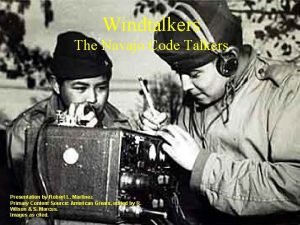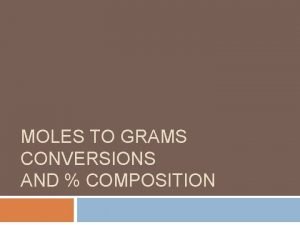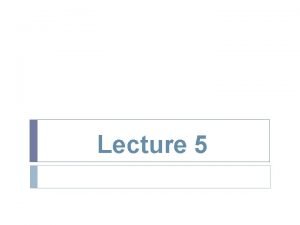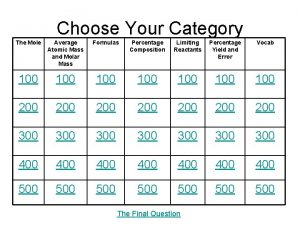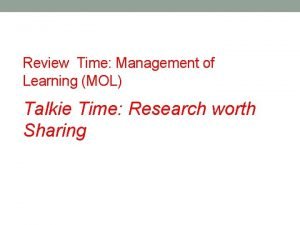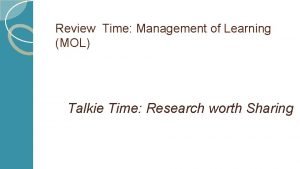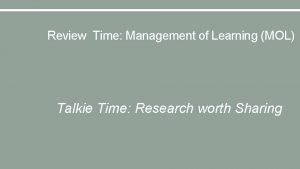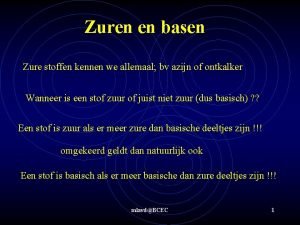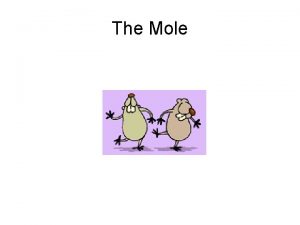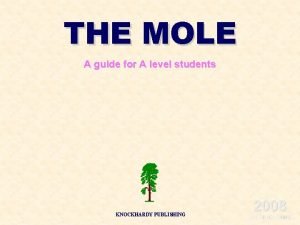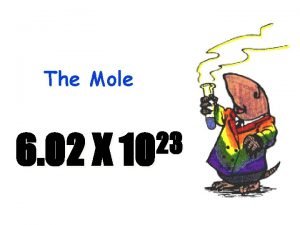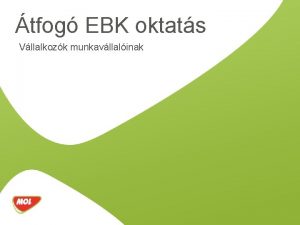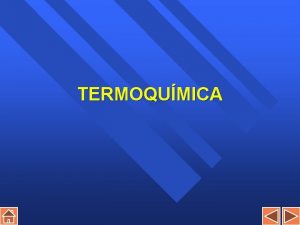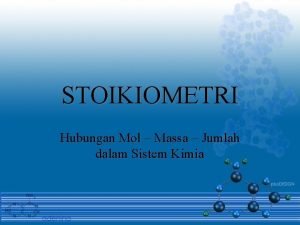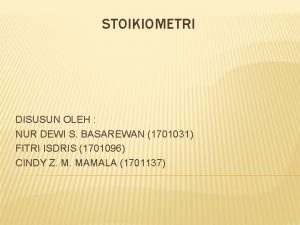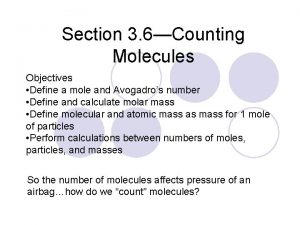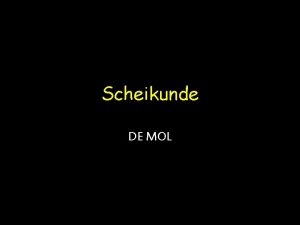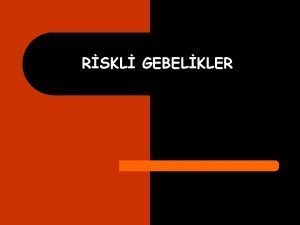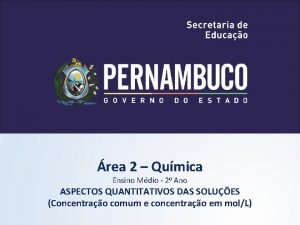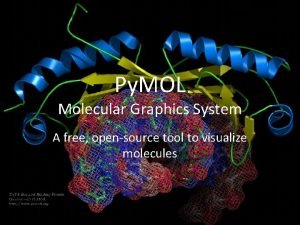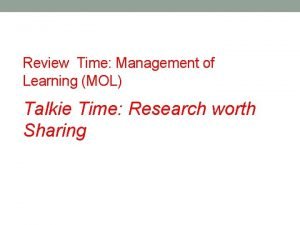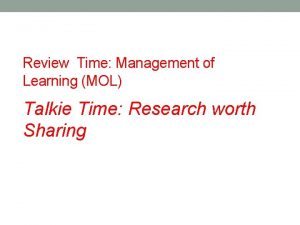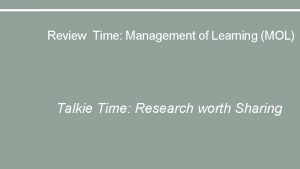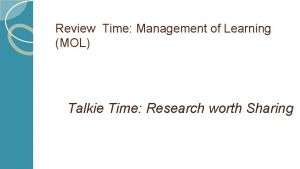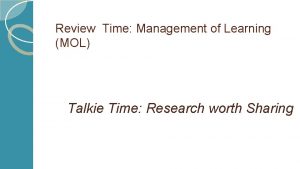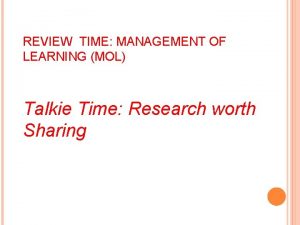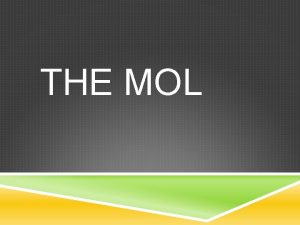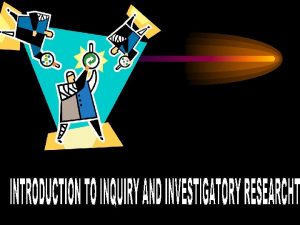Review Time Management of Learning MOL Talkie Time









































- Slides: 41

Review Time: Management of Learning (MOL) Talkie Time: Research worth Sharing

Lesson 17, Objectives : The learner will Learning Competency/ies: The Learner will 1. Identify the parts and process of a documentary research

Introduction to Documentary Research

What defines Documentary? A broad category of film or television show that attempts to “document” some aspect of reality Non-fiction (true), un-staged Presents “life as it is” or “a factual film that is dramatic” Can use various methods such as observation, interviews, narration and has an artistic element Attempts to inform or get us to think about an issue in real life

History of the Documentary Early film (pre-1900) captured single-shot moments and were called “actuality” films ex. a train entering a station, a boat docking, or factory workers leaving work The term "documentary" was not coined until 1926 • Box office analysts have noted that this film genre (documentary) has become increasingly successful in theatrical release with films such as Bowling for Columbine, Supersize Me, An Inconvenient Truth, March of the Penguins, The Planet Earth, among the most prominent examples. Source: Wikipedia

Some Early Documentary-Type Films Edwin S. Porter directed the first American documentary or realistic narrative film: The Life of an American Fireman (1903) Another one of the firsts was The Great Train Robbery (1903)

Nanook of the North (1921) is generally considered to be the first anthropological documentary film ever made

Documentaries Today: Michael Moore Documentaries attempt to be unbiased Still, documentary filmmakers edit and present information to address the issue through a variety of techniques Michael Moore is an American filmmaker, author and liberal political commentator He is the director and producer of Bowling for Columbine, Farenheit 9/11, Sicko, and Capitalism: A Love Story, four of the top ten highestgrossing documentaries of all time (source: Wikipedia)

Purposes of Documentary: Portray real life Focus on an issue or truth Attempt to: bring about awareness of an issue inform or teach record, reveal or preserve analyze, interrogate persuade, promote engage!

Types of Documentary –Reflexive Purpose: To explore and experiment with the form of documentary (the aesthetic aspects) Experimental, “artsy” form Draws attention to the art of documenting Uses an artistic form to represent an idea Example: Ryan (focuses on animation techniques to depict an artist’s life), How I Met the Walrus (illustrates the words of an interview with John Lennon)

Type - Expository Purpose: To propose an argument or deliver an interpretation Investigative (fact-finding, journalistic) Essay style (collects evidence, then proposes an argument) Usually authoritative narration explains content (this is called voiceover) Can be descriptive, informative, persuasive, didactic Visuals complement the information being spoken, but they are not the central focus: what is being said is important Examples: An Inconvenient Truth, Are We Safer? , Football High

Type - Observational Purpose: To observe aspects of life with minimal interference or manipulation Filmmaker is like a “fly on the wall” The cameras and film crew seem not to be disturbing the scene or even be noticed by the participants Camera follows action that is beyond the control of the filmmaker The story unfolds in chronological order The filmmaker’s point of view is hidden in the narrative structure Techniques: subjects speak to one another Example: Babies, The Cove, Armadillo

Type – Interactive/Participatory Purpose: To interact with the subject directly in order to study it Film-maker’s presence is obvious Includes interviews, editing, questions to the audience Manipulates and (mis) interprets events Examples: Bowling for Columbine, The Dark Side of Chocolate

Type - Performative Purpose: To explore or produce subjective emotional responses to the world Similar to interactive, but less objective (filmmaker constructs subjective truths) The filmmaker, who is the subject of the film, undergoes some sort of physical process solely for the purposes of making the film (source: Hot. Docs Library) Topic is usually something personal to the film-maker Subject speaks directly to the camera or in voice-over Examples: No Impact Man, Beyond the Horizon, Super. Size Me

Features of Documentary: Thesis The film-maker’s message for the viewer to take away from the film The film-maker may want you to agree with his/her position “Talking Heads” People interviewed on a particular subject Meant to either agree or disagree with thesis

Features of a Documentary, cont'd. Bias We trust the film-maker to be objective (unbiased) and seek the absolute truth As viewers, we need to ask the question: Are film-makers fair to each side of the argument? Atmosphere Mood or tone of each scene or interview or overall film What kinds of techniques are used to create atmosphere?

Documentary Filmmaking Techniques (source: Wikipedia) q Voice-over: a commentary by the filmmaker, spoken while the camera is filming or added to the soundtrack; the filmmaker can speak directly to the viewer Interview: Common technique People being filmed speak directly about the issue, events, etc. Interviewees are called “talking heads” and they may represent various sides of the issue

Documentary Filmmaking Techniques (cont’d) Masked Interview: an interview in which the filmmaker is both unseen and unheard Archival Footage: material obtained from a film library or archive and inserted into a documentary to show historical events Reconstructions: artificial scenes portraying an event (have been reconstructed and acted out based on information about the event)

Documentary Filmmaking Techniques, Cont’d. Montage: conveys ideas by putting them in a specific order in the film; contains a sequence of shots that often link action with words (as manipulated by the filmmaker) Juxtaposition: both sides of the issue are presented immediately following the other (ex. two interviews side by side)

Methods of Development Narration: telling stories or anecdotes to illustrate a point or show the seriousness of an issue Description: characteristics or features of the unfamiliar are described Examples: illustrations of a concept, event, idea are given Classification: ideas are grouped in categories to show or explain a bigger idea

Methods of Development (cont’d) Comparison/Contrast: ideas are arranged to show the similarities and differences between things Process: outlines the steps that are taken to explore the issue Cause/Effect: Ideas are arranged to link a result with a series of events, showing a logical relationship (ex. Describe the cause first and then explain the effects)

Creative Tips: 1. Think music (original) as you are in production. Try to employ local musicians and musical talent in your projects. Avoid copyrighted music by creating your own. Or, you can find music on a public domain site or from a musician willing to share their talents.

2. Create graphical/animated inserts. Some documentaries use static or animated graphics to convey facts, figures, and statistics directly to the viewer in the form of text. If your documentary is trying to prove a certain argument, you may want to make use of these to relay facts that prove your argument. In our car documentary, we might want to use on-screen text to convey specific statistics about, for instance, declining membership in classic car clubs in Austin and nationwide.

Educational Research 2 e: Creswell 3. Record a voiceover. Many documentaries use audio narration as a running thread throughout the film, linking the film's interview and real-life footage in a coherent narrative. You can record a voiceover yourself, enlist the help of a friend, or even hire a professional voice actor. Make sure your narration is clear, concise, and understandable. Generally, an audio voiceover should play over footage where the audio isn't important - you don't want the audience to miss anything. Lay your voiceover establishing shots, B-roll, or real-life footage where the audio isn't necessary to grasp the importance of what's going on.

4. Make an Outlne. Make a new outline for your finished film. Now that you've collected all the footage for your documentary, you need to organize it in an order that is interesting, coherent, and will keep the viewers' attention. Make a detailed shot-by-shot outline to guide the editing process. Provide a coherent narrative for the audience to follow that proves your viewpoint. Decide which footage will go at the beginning, which will go in the middle, which will go at the end, and which won't go in the film at all. Showcase the most interesting footage, while cutting anything that seems meandering, boring, or pointless. .

Educational Research 2 e: Creswell

Educational Research 2 e: Creswell 5. Shoot dramatic recreations. If there's no real-life footage of an event your documentary discusses, it's acceptable to use actors to re-create the event for your camera, provided the recreation is informed by real-world fact and it's perfectly clear to the audience that the footage is a recreation. Be reasonable with what you film as a dramatic recreation - make sure that whatever you commit to film is grounded in reality.

MECHANICS OF THE QUALITATIVE DOCUMENTARY RESEARCH

The DOCUMENTARY category gives students the opportunity to create presentations like those seen on PBS, A&E, or the History Channel. The presentation should demonstrate the student’s ability to use multi-media to communicate the research and analysis of their chosen topic. Students will develop skills in using photographs, film clips, graphics, audio tapes, and computers.

BASIC RULES • Time requirements: No more than 5 minutes long, 5 minutes are allowed to set up equipment • Introduction: Before beginning the documentary, the title of the presentation only.

• Student Involvement: Students must operate all equipment • Student Production: Students must operate all cameras, do their own editing and narration. • Entry Production: The entry must be an original production. Students may use professional photographs, recorded music, and archival film footage, but it must be integrated in with their own work and proper credit given within the presentation as well as the bibliography.

• Credits: A general list of credits must be given at the end of the documentary to list sources of any music, images, film clips the student(s) name(s) • Computer Entries: Computer programs are acceptable, but they must run within the 5 minute time limit and they must be student operated.

EQUIPMENT The only equipment provided at the contest is a standard VHS recorder (VCR) and a television set. A screen is also provided. IF YOU NEED ANY OTHER EQUIPMENT YOU MUST BRING IT.

HOW TO PRODUCE A DOCUMENTARY • Select a topic This is the first step in any type of entry. Students should select carefully— don’t just pick the first thing that comes to mind. Try to find something different or unique. For a documentary also keep in mind that you will need lots of images.

• Research This is the most important step of preparing any entry for the National History Day program. Try to find as many sources as possible so that you have the information needed to properly analyze your topic. Keep in mind that historical quality is sixty percent of the judging for any National History Day project.

• Write the script In the script students should not only tell the story that is an important part of their topic, but also analyze that topic. Try to emphasize those aspects of the topic that most relate to the annual theme. Be sure to explain the impact of the topic in history or why it is important.

• Collect the images Students should have a large number of images to avoid repetition. Your images can be still pictures or film clips. • Make a storyboard. The storyboard can have three columns to show images, narration, and notes. The storyboard will help you match your images with the narration.

• Construct the presentation. Use computer software or video editing equipment to put together the documentary with images and narration. • Add appropriate music • Preview and edit

Educational Research 2 e: Creswell Application: Youtube video and take note of the elements in making documentary

Educational Research 2 e: Creswell Assignment: 1. Come up with a documentary on the title “Inside STEC (stories and scenes you never expect happening in STEC) ” 2. It should be 3 mins running Time 3. Come up with a Concept Plan/Outline; and objectives 4. Use your phone camera/ edit/put sounds/text/ and credits at the end 5. Equivalent to 100 points in Task performance 6. Upload the video in FB account and present it next meeting prior to new lesson. Bring your own laptap.

Educational Research 2 e: Creswell Rubrics: 1. Title, Story Concept – 25% 2. Flow and blocking – 25% 3. Creativity – 25% 4. Visual Impact – 25%
 Mc millan research
Mc millan research Windtalker walkie talkie
Windtalker walkie talkie G/mol to mol
G/mol to mol Molar mass to grams
Molar mass to grams How to convert mg to moles
How to convert mg to moles Units of avogadro's number
Units of avogadro's number What can be said about 1 mol ag and 1 mol au
What can be said about 1 mol ag and 1 mol au Demographic profile in statement of the problem
Demographic profile in statement of the problem Management of learning mol
Management of learning mol Management of learning (mol)
Management of learning (mol) Management of learning mol
Management of learning mol Management of learning mol
Management of learning mol Cuadro comparativo e-learning m-learning b-learning
Cuadro comparativo e-learning m-learning b-learning Chapter review motion part a vocabulary review answer key
Chapter review motion part a vocabulary review answer key Ap gov review final exam review
Ap gov review final exam review Nader amin-salehi
Nader amin-salehi Systematic review definition
Systematic review definition Narrative review vs systematic review
Narrative review vs systematic review Example of elapsed time
Example of elapsed time Time management in human resource management
Time management in human resource management Scientific management
Scientific management Top management middle management first line management
Top management middle management first line management Top management middle management first line management
Top management middle management first line management Natriumwaterstofoxalaat
Natriumwaterstofoxalaat Hukum perbandingan tetap
Hukum perbandingan tetap Moles road map
Moles road map Molar mass of potassium chlorate
Molar mass of potassium chlorate Formula of a mole
Formula of a mole Concentration= moles/volume
Concentration= moles/volume Mole equal
Mole equal Ebk oktatás
Ebk oktatás Mol reacciones quimicas
Mol reacciones quimicas Diketahui 9 2 gram gas no2 (mr=46) tentukan
Diketahui 9 2 gram gas no2 (mr=46) tentukan Thermite adalah
Thermite adalah Jumlah mol dari 3,01 x 1022 atom besi adalah
Jumlah mol dari 3,01 x 1022 atom besi adalah Stoichiometry island diagram
Stoichiometry island diagram Mol to molecules
Mol to molecules Rekenschema scheikunde
Rekenschema scheikunde Mol hidatiform nedir
Mol hidatiform nedir Fórmula da concentração molar
Fórmula da concentração molar Py mol
Py mol Molariteit berekenen
Molariteit berekenen

